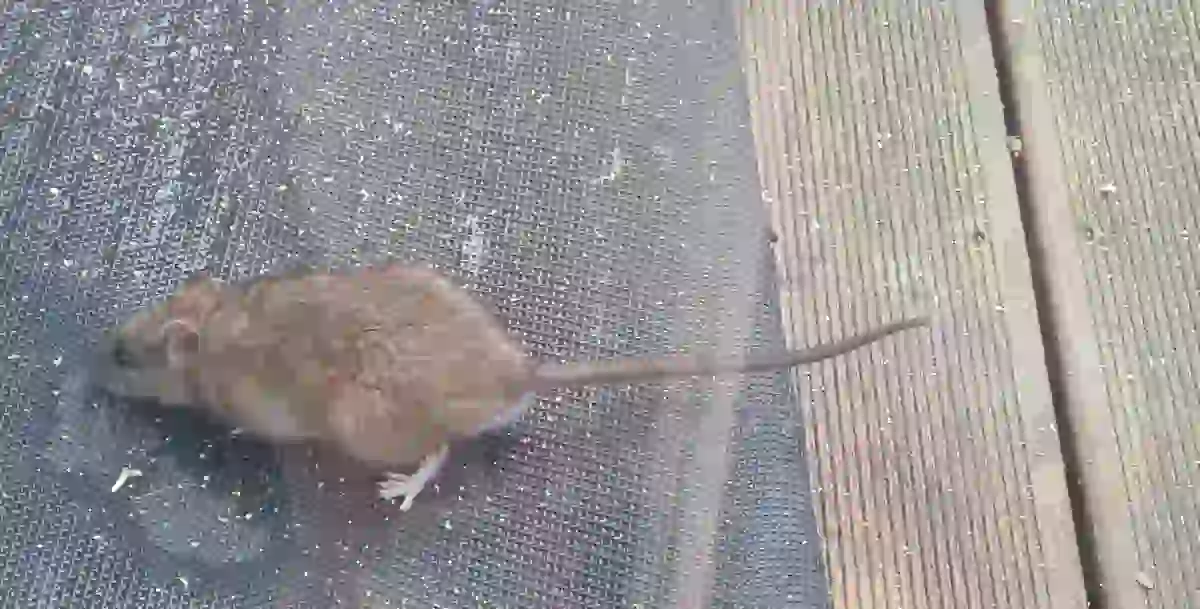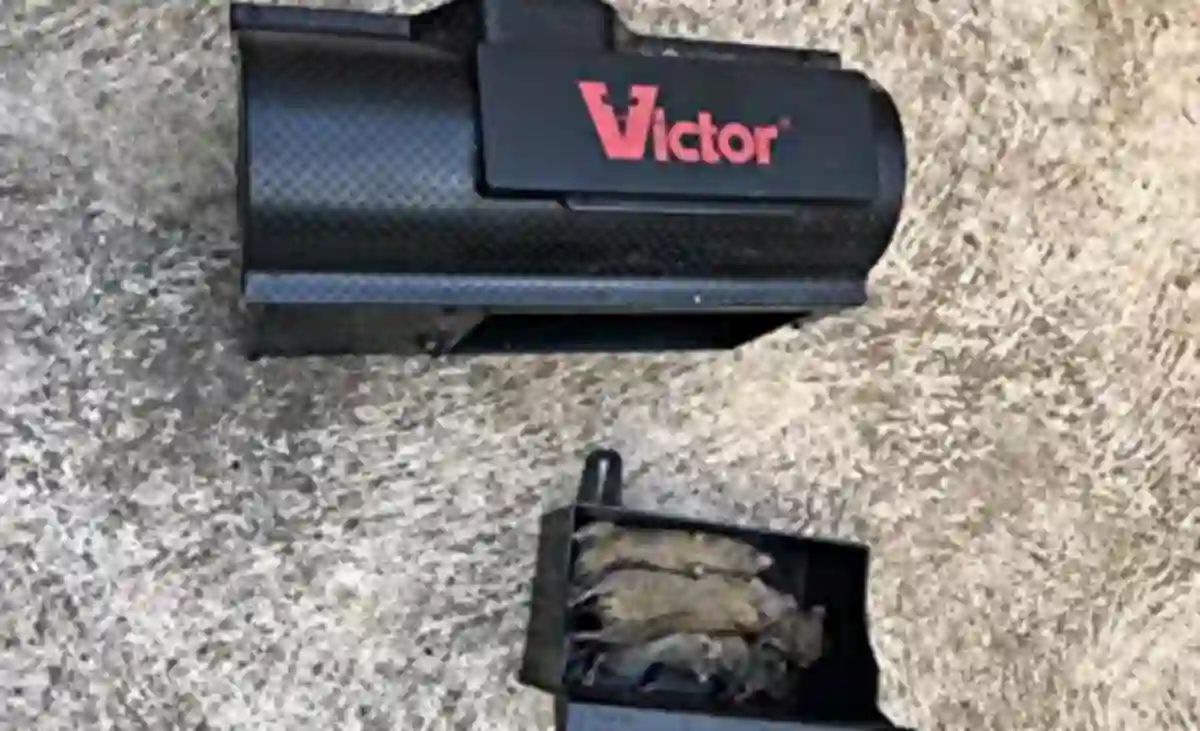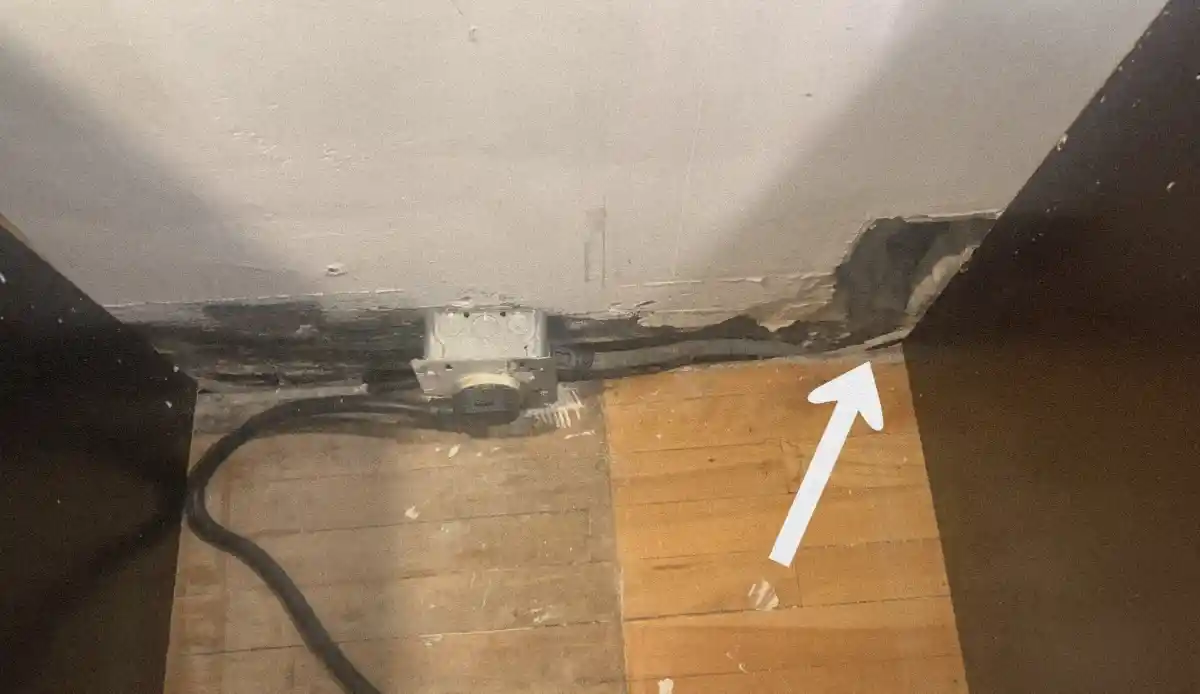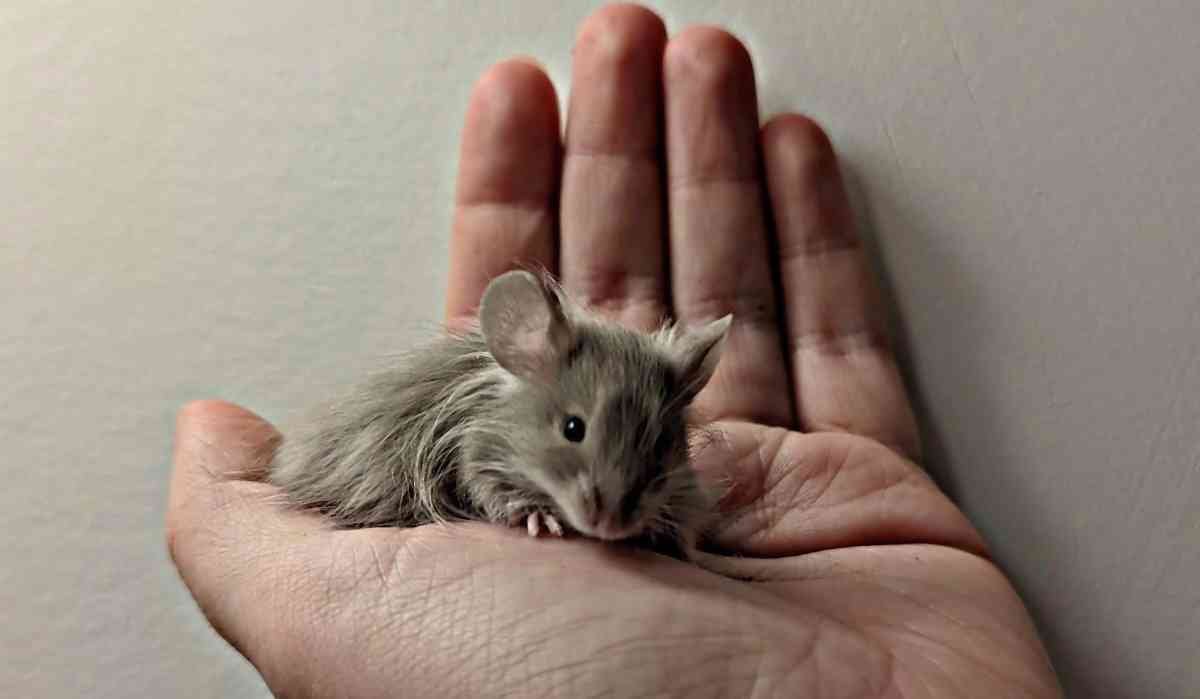There are various reasons why a mouse might invade indoor spaces, such as searching for food, water, or shelter. However, once inside, they may die due to a range of causes, including aging, poisoning, or electrocution. A dead mouse will typically fill your home with a strong and unpleasant, and pungent, musky odor similar to the scent of ammonia mixed with a sour or rotten smell. You don’t want this experience, so you have to know how to find a dead mouse in your house without professional assistance.
How to find a dead mouse in your house
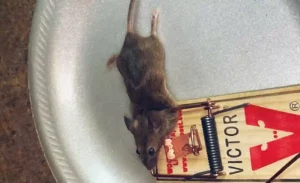
Locating the dead mouse in your home can be tough. The smell may seem like the logical solution, but it can be difficult to pinpoint the source of the odor if it has spread throughout the entire room. That said, below are tips to help you find a dead mouse in your house:
1. Trace the musky smell of decay
One indication of a dead mouse, whether hiding or not, is the presence of a potent decay odor. It is not uncommon for house mice to die behind refrigerators, inside cupboards, or within walls, making it challenging to reach them.
In such cases, it may be more practical for you to try and first conceal the smell of the dead mouse rather than trying to extract it immediately.
The foul odor suggests the presence of at least one decaying body, regardless of how the animal died. However, this also means that there could be more to come. Mouse does not live alone, they are social creatures that often live in groups. These rodents reproduce quickly, so you could find yourself facing a rapidly growing infestation in just a matter of months. The pests will multiply before your eyes and keep you up all night with their noises, such as gnawing, scratching, scurrying, and screeching.
2. Follow the blow flies
The appearance of numerous blow flies, which are large, metallic blue or green flies, in a household could indicate the proximity of a dead mouse. By tracing the movement of these insects, homeowners may be led to the location of the deceased rodent.
What does a dead mouse smell like in a house?
The decaying body is emitting a strong odor of decay and a mixture of toxic gases, such as the foul-smelling scent of rotten cabbage thiols, methane, hydrogen sulfide, ammonia, and pyruvic acid.
A dead mouse odor itself may not physically harm you, but it can be quite unpleasant, especially if you find yourself having to perceive it while enjoying your breakfast. However, you can get HPS when you breathe in hantaviruses (according to the CDC) possibly present in the dead mouse urine and droppings as they stirred up into the air.
Is dead mouse smell harmful to health?
The decomposing process of the dead mouse still poses a threat to your health as it can release harmful airborne agents and pathogenic bacteria that can easily enter your lungs, digestive system, or even your skin.
Moreover, the waste of the dead mouse can harbor viruses with a long lifespan that can survive for weeks in the open. Larger pests, such as maggots burrowing into the dead mouse’s body, also pose a significant risk of a secondary health hazard.
When handling a dead mouse or its droppings and nest materials, be sure to wear protective gloves. You need to apply disinfectants to the mouse and the surrounding area before picking and disposing of it in an airtight disposable bag. Trash bags containing the dead rodent, feces, and nests should be securely tied and disposed of promptly.
Disposing of a dead mouse safely
When removing a dead mouse, it helps to take precautions to avoid skin contact or even inhaling potential airborne viruses. Follow these safe steps:
1. Gather your protective gear
Wear a protective mask over your mouth and rubber gloves on your hands to safeguard against inhaling any germs and direct contact with the animal.
2. Secure the body in a sealable plastic bag
Use a tool or your hands to place the mouse into a sealable plastic bag. To further disinfect the carcass, consider pouring bleach over it before sealing the bag.
3. Get rid of any other contaminated items and wastes
This includes disposing of mouse droppings, the trap (if any), mouse nests, nibbled-on food, and crumbs in a separate bag.
4. Dump everything in the trash and clean up
Combine both bags in a larger one, tie it closed, and throw it away.
Finally, sanitize and clean by cleaning the surface and any tools used, as well as your gloves, with an appropriate disinfectant. Discard the gloves in the trash and thoroughly wash your hands with antibacterial soap.
What to do if a dead mouse is stuck in your wall
Unfortunately, a mouse can die inside a difficult-to-reach area such as under the floorboards, in an air duct, or behind a wall.
Your only option for retrieving the dead mouse may be by using a flexible borescope. For example, if you suspect the dead mouse is inside a wall cavity, you can drill a small hole above the base molding and inspect the space behind the wall with the borescope. If your initial inspection is unsuccessful, try drilling another small hole in a different location until you find the dead mouse.
If you suspect the source of the unpleasant odor is located beneath your hardwood flooring, you’ll need to remove one or two floorboards and inspect the area between the subfloor and the floor joist.
If possible, check your underfloor area through any floor crawl space access doors or vents. If you believe the dead mouse is in the air ducts, turn off your heating/cooling system, remove the vent, and use an electronic borescope to thoroughly inspect the ductwork for any rodent carcasses.
Removing the dead mouse smell
Even after you find a dead mouse in your house and dispose of it, you may still find that your home is filled with a lingering unpleasant smell of decay. Follow these steps to get rid of the dead mouse smell after disposing of the body:
- Start by airing out your home by opening windows and doors.
- Thoroughly clean and disinfect all surfaces in your home.
- Use a natural odor eliminator spray on your carpeting, upholstery, and curtains.
- Odor-removing bags can be effective, even if you are unable to find a dead mouse in your house. They eliminate the smell through a negative charge rather than masking it. Bamboo charcoal deodorizer bags are also effective when placed around the house in multiple locations.
- Use devices with carbon-activated filters or HEPA filters; these are more effective in removing odors than ionic air purifiers.
- Place fresh-ground coffee in key areas to remove the foul smell.
- Use lighting incense around your home for a few days.
- Fill your home with the delicious aroma of freshly baked cookies, cupcakes, or bread.
With this comprehensive guide, you’ll not only find a dead mouse in your house but also restore fresh breath to your home. If you suspect an infestation, seek the help of a professional mice control service to handle the problem for you. This way, you can avoid the task of removing the dead animal in the future.


